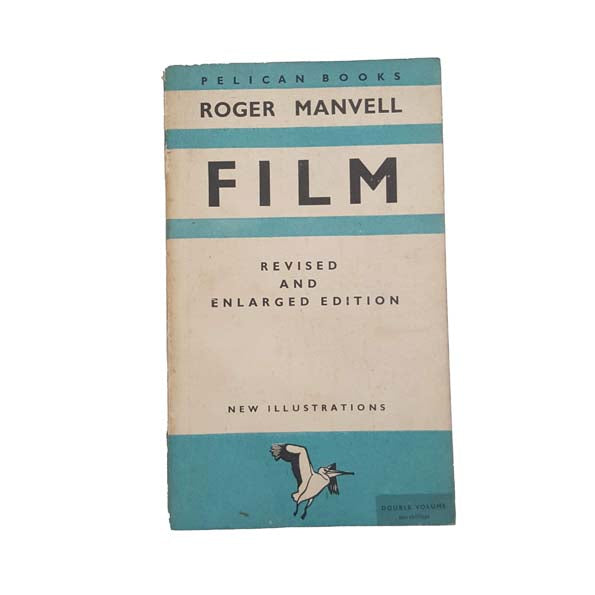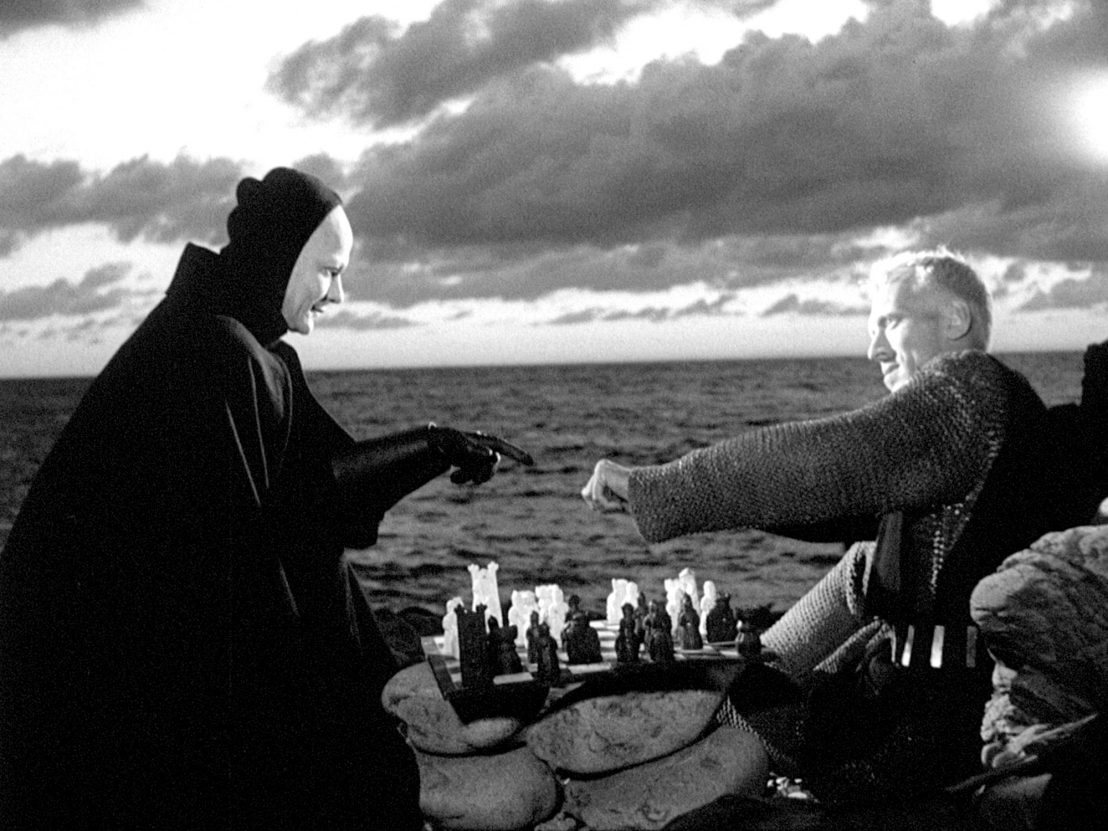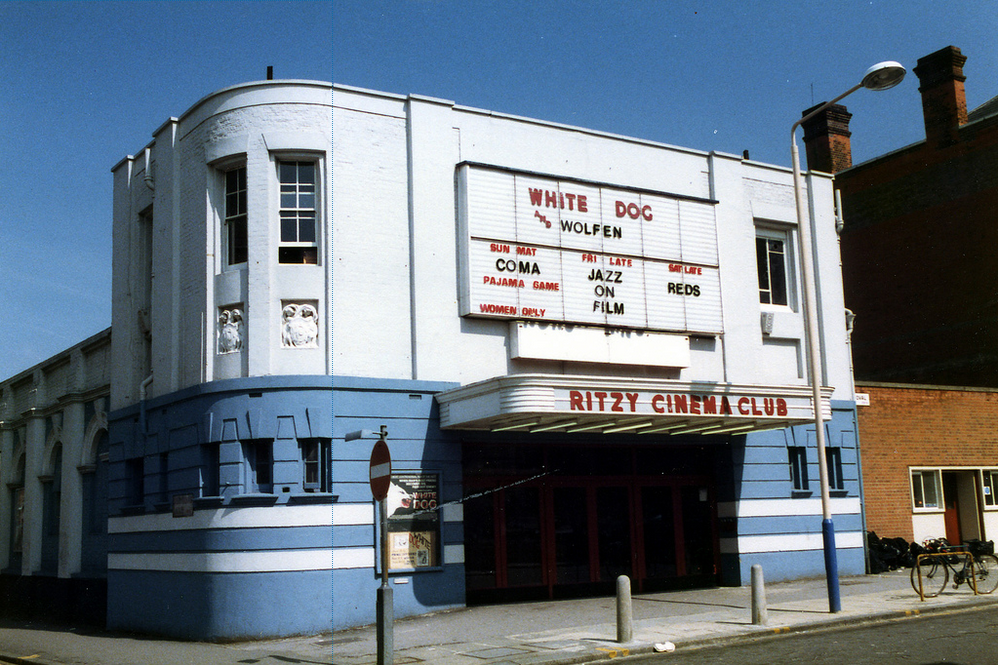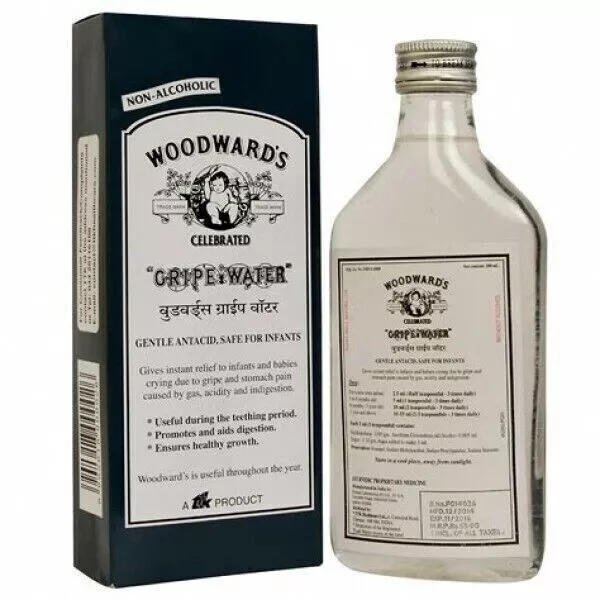
I confess I am not a great fan of autobiographies that begin at the beginning and follow a temporal path up to the present day – not that the person might not have some interesting stories, facts and opinions strung on their necklace, but it just doesn’t appeal as a structure. On the other hand, in my last, extra year at school in Oxford, retaking an A-level and adding a couple more, I was allowed out of school on my recognisance and saw a fascinating Exhibition at the Modern Art Gallery. The Artist had laid out and photographed every single possession of a single person – for example, all the cutlery was laid out in one shot, all the shoes in another. This more thematic approach appeals more and although I am not arranging the objects which I have chosen to tell my story in chronological order, I hope that my writing will be sufficiently interesting to keep your interest Dear Reader, and that on the journey from A to Z, you will assemble an impression of my life and who I am…

Helen
You have met, however sketchily, my late sister Carol, but I have another sister, Helen who is very much alive and lives across the pond in Nova Scotia, in a town ironically titled, for somewhere so small (population 1,159/2021) Centreville. Helen is the last of my immediate or “nuclear” family and so our Zoom meetings every second Sunday are particularly important and we are discovering new truths about each other, even at our advanced ages. As I described in E for Elsie, my Mum’s imposter syndrome led to us children having a very claustrophobic life outside of school – we may as well have been growing up on an isolated farm and so, when we finally left home, we all headed off in different directions as fast as we could and I would say there was little closeness between us for a long time – our “nuclear” family exploded! The picture of Helen at top, shows the reason why Carol and I had always assumed that Helen was destined to become a nurse, following in her mother’s footsteps. In looks, Helen took after my mother’s side of the family and it seemed unsurprising that she might take up our mother’s mantle. Certainly, Helen looks thrilled with her fancy dress nurse’s uniform and maybe she was given it by my mother in the hope that she might be a nurse but recently Helen confessed that her motive for choosing nursing was quite different. By the time she was a teenager, Helen had realised that nursing offered a way of leaving home and going straight into a “paid-as-you-learn” profession thus giving her independence at the earliest opportunity – even university in my case, or teacher-training in Carol’s, meant that we were home for the holidays and financially dependent. It goes to show that it is never too late to know your siblings better…
After reading the post about our mother, Helen sent me this “knolled” picture of her own memorabilia from her nursing days (the Certificates are shrunk down) and she provided the caption too…

Of interest:
The bronze badge is the one that carries the most pride, as it pertains to the Radcliffe Infirmary – we were the last group to train there in the old style apprentice training, before the new academic system came in.
The John Radcliffe Hospital opened halfway through our training, so we were moved from the old Radcliffe Infirmary to the new School of Nursing at the John Radcliffe but still worked across both sites as well as at the Churchill Hospital and other various locations, including Littlemore Psychiatric Hospital: Littlemore Hospital – Wikipedia
One last story about Helen, not unconnected to nursing – all of us children were born at home, which was unusual in those days when hospital birth was the well established norm and curiously, (since she was a nurse and might have been expected to go with the flow), my mother chose home-birth. When Helen, the youngest, was born, a team of Canadian doctors and mid-wives came to witness the birth with a view to encouraging the practice back in Canada. So my father, Carol, and I were sequestered in the next bedroom whilst my parents’ bedroom was thronged. And now Helen and her husband live in Canada…
Health
Included Health in my putative list of topics for this A to Z, but I am chary of becoming one of those older people who talk endlessly about their health problems! I will however, share a defining moment that changed the course of my life. A moment is sometimes all it takes…
In 1999, en route to collect Barbara from the airport, after a visit to the family in England, whilst driving the tiny van, the Suzuki Supercarryn, I collided with the front wheel of a tractor, rounding a blind bend. The relatively slight impact, nevertheless, drove the ball of my right hip back through its socket. Hospital was an hour away, and after hours of futile X-raying, another hour and a half to a larger hospital in Galway. I received excellent care and the hip was repaired, but I spent a year on crutches, wear a permanent splint due to nerve damage, and my signwriting was at an end even afterwards as I could no longer work hands-free up a ladder. I never got the chance to try surfing, I can ride a bike but not run, and the accident has had a myriad impacts on my health and fitness – still, things could have been worse! So remember folks – drive carefully – it only takes a moment…

I had never broken a bone until I broke my hip in 1999 – this is probably due to avoiding extreme sports (not a thing in my youth) indeed all sports and perhaps not learning to drive till the age of 35. I grew up in a famously cycling oriented city, Oxford, continued cycling through university and when I moved to London afterwards. With copious public transport for wet and icy days, there was really no need to drive a car in London so it was not until I lived with Barbara in St. Albans and as a jobbing signwriter, the need to drive arose. A crash on a country lane in Ireland, involving a tractor pulling a wide trailer, and a blind bend, an hour’s drive from a hospital, broke by hip and my record of never having a broken bone and in an instant my life was changed. It’s not that the repair to the hip didn’t work brilliantly, but some nerve damage resulted in a drop foot and the need for a permanent splint so no running, though cycling is possible, certainly no extreme sports (I do wish I had tried surfing…) and a general difficulty with exercise, and so, factor in the usual ailments that come with age and having just turned 70, I find myself less than fit! Leonard Cohen said it best in the opening lines of The Tower of Song
“Well, my friends are gone and my hair is grey
I ache in the places where I used to play…”
I cannot say my friends are gone (we are a healthy cohort) or that my hair is fully grey but that second line sure resonates with me…
The House
When we moved back from Ireland in 2005, because we weren’t seeing enough of our grandchildren growing up, we travelled the country between one daughter in Clacton and another in West Yorkshire, looking for the right place to live. In the end we chose Yorkshire because it offered more work possibilities for me and we also found an upholstery workshop, originally built as stables in 1895, on a backstreet in Silsden. Several people had looked at it but there were some tricky planning issues to be solved, which I managed to do – so here are some pictures of the house we still live in…




Humanism
I didn’t know that I was a humanist until my late teens and once living in London, I tried going to a meeting of The South Place Ethical society who are a formal Humanist group, but whilst I approve of the aims of such bodies as The British Humanist Society, such as giving equal weight to the teaching of Humanism as to the dominant Christian religious teaching, or questioning the refusal of the BBC to allow a Humanist viewpoint on the daily morning “Thought for the Day”, I find my humanism (with a small h) to be a more personal thing. If I had to sum it up I would say that it is to try and leave the world a slightly better place than you were born into both for people and the wider world or environment. I also like to call myself a spiritual humanist – not in the dualistic sense of a spirit that pops into the body at birth and leaves it at death – but in the sense that there are practices which are patently good for the spirit – Kindness, Love, Charity, Forgiveness just as there are things that are bad for the spirit, coarsening and degrading it – Hatred, Unkindness, Pornography, Substance Abuse. In terms of practical application of these spiritual practices, I am not so different from most theistic religions (minus the food, dress and beard strictures, which are really the embellishment of priests).
Imagine a black, male student nurse in an African training hospital – their first lecture might include an account of Florence Nightingale – a white Victorian woman after whom Nightingale Wards are named and if Elon Musk gets his way and there is a colony on Mars (goodness knows why) there will be a hospital ward that owes something to Florence Nightingale. Imagine on the other hand, a village baker who perhaps slips an extra bun into the bag of a single parent, or gives a second chance job to a man just out of prison, or lends money to a customer at a crucial time in their life saving them from disaster. All these humanist acts may be unknown to anyone else and yet when this baker dies, the cumulative effects of all the baker’s acts, which even then may not be shared, might have improved the life of that village immeasurably. So whether one is famous but not known personally to most people, or un-famous and known only to a local community, that is humanism in action…











































































